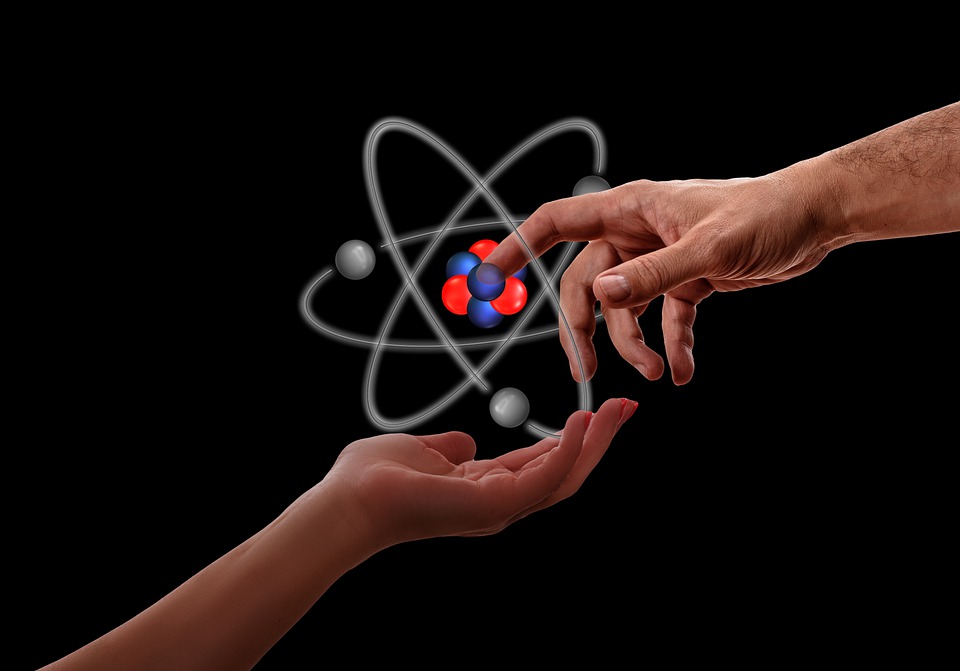
Hair is a characteristic feature of mammals and serves a wide range of purposes, including insulation, camouflage, and sensory perception. For humans, hair has played an important role in our evolution, from providing warmth to allowing us to detect changes in our environment. However, humans are unique among mammals in that we have lost much of our body hair, particularly on our heads and torsos. This loss of hair has had significant impacts on our evolution, both in terms of our physical and social adaptations. In this essay, we will explore the evolutionary stages of human hair loss and the ways in which it has influenced human evolution.
Evolutionary Stages of Human Hair Loss
Hair loss in humans occurred gradually over millions of years of evolution. It is thought that our primate ancestors, who lived in tropical forests, had full body hair for insulation and protection from the sun. As our ancestors began to leave the forests and migrate into more open savannah environments, the need for full body hair decreased. This is because full body hair can trap heat and make it difficult to regulate body temperature in hot environments.
The first major stage of human hair loss occurred about 2.5 million years ago with the emergence of the genus Homo. This coincides with the beginning of the Pleistocene epoch, a period of repeated glaciations that caused a significant change in global climate. During this time, the evolution of sweat glands became more important for thermoregulation than body hair. The ability to sweat allowed early humans to regulate their body temperature more effectively and therefore required less body hair for insulation. Additionally, the need for camouflage decreased as humans became hunters rather than prey, making it less important to blend in with the environment.
The second major stage of human hair loss occurred around 1.2 million years ago with the evolution of Homo erectus. This species had much less body hair than its predecessors, with only sparse hair on its head and torso. It is thought that this was due to the increased importance of hunting in the savannah environment, which required greater agility and speed. Less body hair allowed for greater mobility and speed, making hunting more efficient. Additionally, the loss of body hair allowed early humans to better detect parasites and other skin conditions, which would have been more difficult to identify with a full coat of hair.
The final stage of human hair loss occurred relatively recently, around 100,000 years ago, with the emergence of Homo sapiens. This species has the least amount of body hair of any human ancestor, with hair only remaining on the head, pubic area, and armpits. The reasons for this final stage of hair loss are less clear, but it is thought that it may be related to sexual selection and social signaling. Hairlessness may have been seen as a desirable trait in mates and therefore selected for in the gene pool. Additionally, hairlessness may have been a social signal of group identity or status, similar to the way that clothing is used in modern society.
Impact of Hair Loss on Human Evolution
The loss of body hair has had a significant impact on human evolution, both in terms of our physical adaptations and our social behavior. Some of the key impacts of hair loss include:
Increased thermoregulation: As mentioned earlier, the evolution of sweat glands became more important for thermoregulation than body hair. This allowed humans to adapt to a wide range of environments, including both hot and cold climates.
Improved agility and speed: The loss of body hair allowed early humans to become more agile and faster, which was important for hunting and gathering food.
Improved detection of skin conditions: Without a full coat of hair, early humans were better able to detect skin conditions such as parasites, which would have been more difficult to identify with a full coat of hair.
Increased social signaling: Hairlessness may have been a social signal of group identity or status, similar to the way that clothing is used in modern society. It may have also been seen as a desirable trait in mates, leading to sexual selection for hairlessness.
Improved hygiene: With less body hair, early humans were better able to maintain hygiene and reduce the risk of infection. This may have been particularly important in group settings where disease could easily spread.
Development of clothing: The loss of body hair may have played a role in the development of clothing, which provided additional insulation and protection from the environment. This allowed humans to migrate into even colder environments and expand their range of habitats.
Increased brain size: The loss of body hair may have also played a role in the evolution of the human brain. The brain is an energy-intensive organ and the ability to regulate body temperature through sweating may have allowed early humans to redirect energy towards brain development.
Conclusion
The loss of body hair has been a key feature of human evolution, occurring gradually over millions of years. It has had significant impacts on our physical and social adaptations, including improved thermoregulation, agility, and hygiene. It may have also played a role in the development of clothing and the evolution of the human brain. Understanding the evolutionary stages of human hair loss is important for understanding our unique adaptations and the factors that have shaped our evolution over time.







